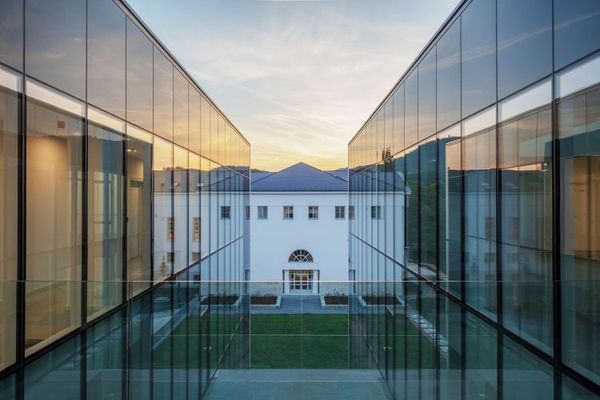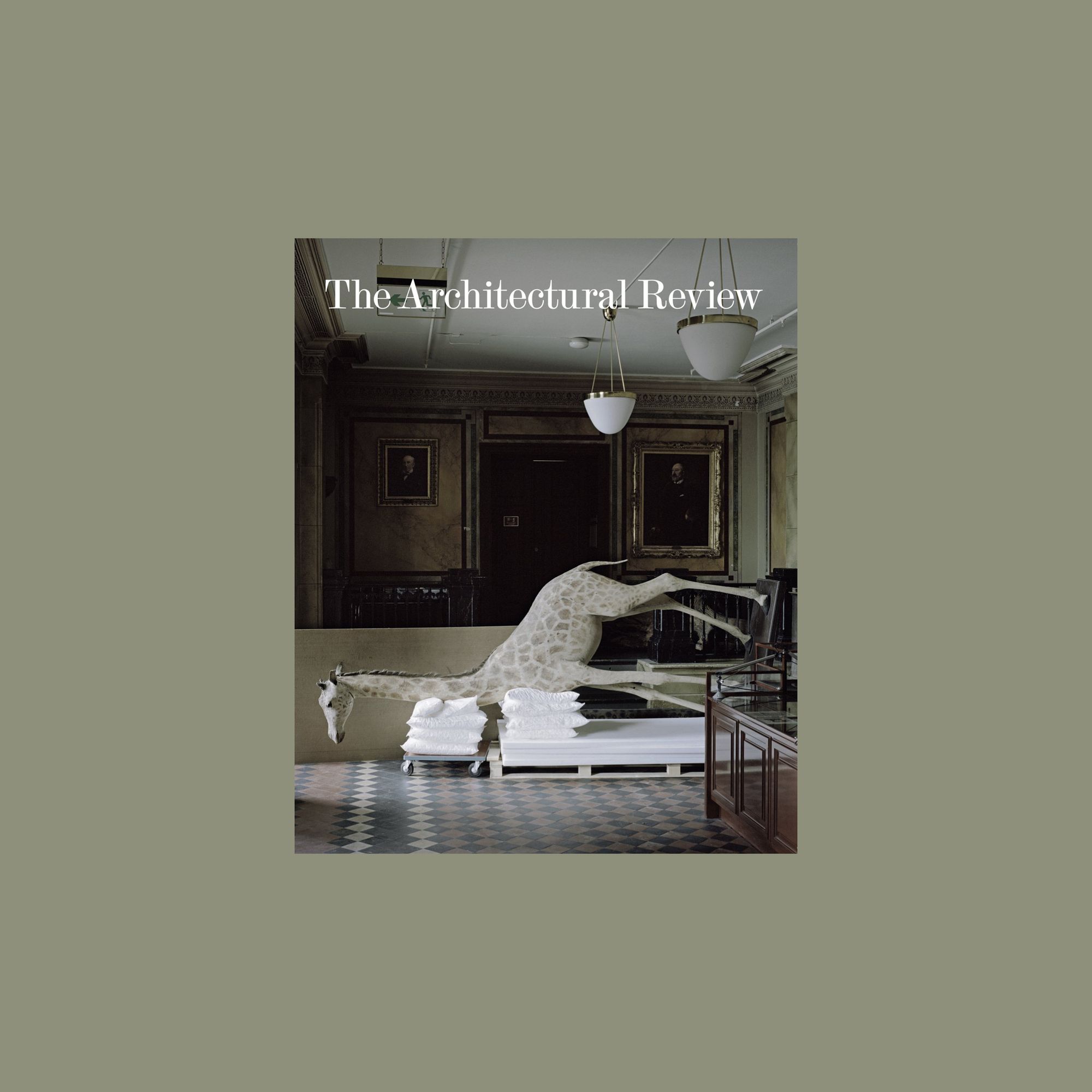Paradigma Ariadné’s Bivalyos Tanösvény in Sándorfalva is featured in The Architectural Review 2022/2 by Dániel Kovács. More than 40 years have passed since the magazine last wrote about a homeland project of a Hungarian architect.
Since its foundation in 1896, The Architectural Review has been an international reference for architecture, although it has only achieved its current position of global importance since the 1950s. The journal’s profile focuses on the most diverse forms of the built environment, bringing together architecture, landscape architecture, interior design and urban planning. Although the magazine has a circulation of only 14 000, it reaches more than 100 countries through its distribution network. The magazine occupies an important position within the international architectural profession and academia, thanks to its editorial principles, which always favor innovative and often provocative architecture, focusing equally on practice and theory. The magazine is currently edited by Manon Mollard.
The content in the latest issue focuses on the theme of animals and explores how we distance ourselves from the animal world, whether through farms, stables, zoos, dog schools or fences. The architectural projects presented in the magazine are high-quality examples of how, in the context of the above problem, delimitation becomes a matter of enjoyment, a method of knowledge transfer.

The Hungarian example published in the magazine is the work of Paradigma Ariadné, completed in 2021, the Bivalyos Tanösvény (The Buffalo Trail) in Sándorfalva, which consists of a 500-meter-long curved trail, a 200-square-meter buffalo stable, three ponds and a lookout tower. Visitors can gain an insight into the wildlife of the reeds, the daily life of buffalo herding, and return from time to time to enjoy the transformation of the landscape, wherewith the help of buffalos, the reforested area is gradually becoming a reclaimed marshy area with rich birdlife. Through their work, the architects highlight the role of animals in shaping the landscape while recreating the geometric world of regional architecture and agricultural buildings.
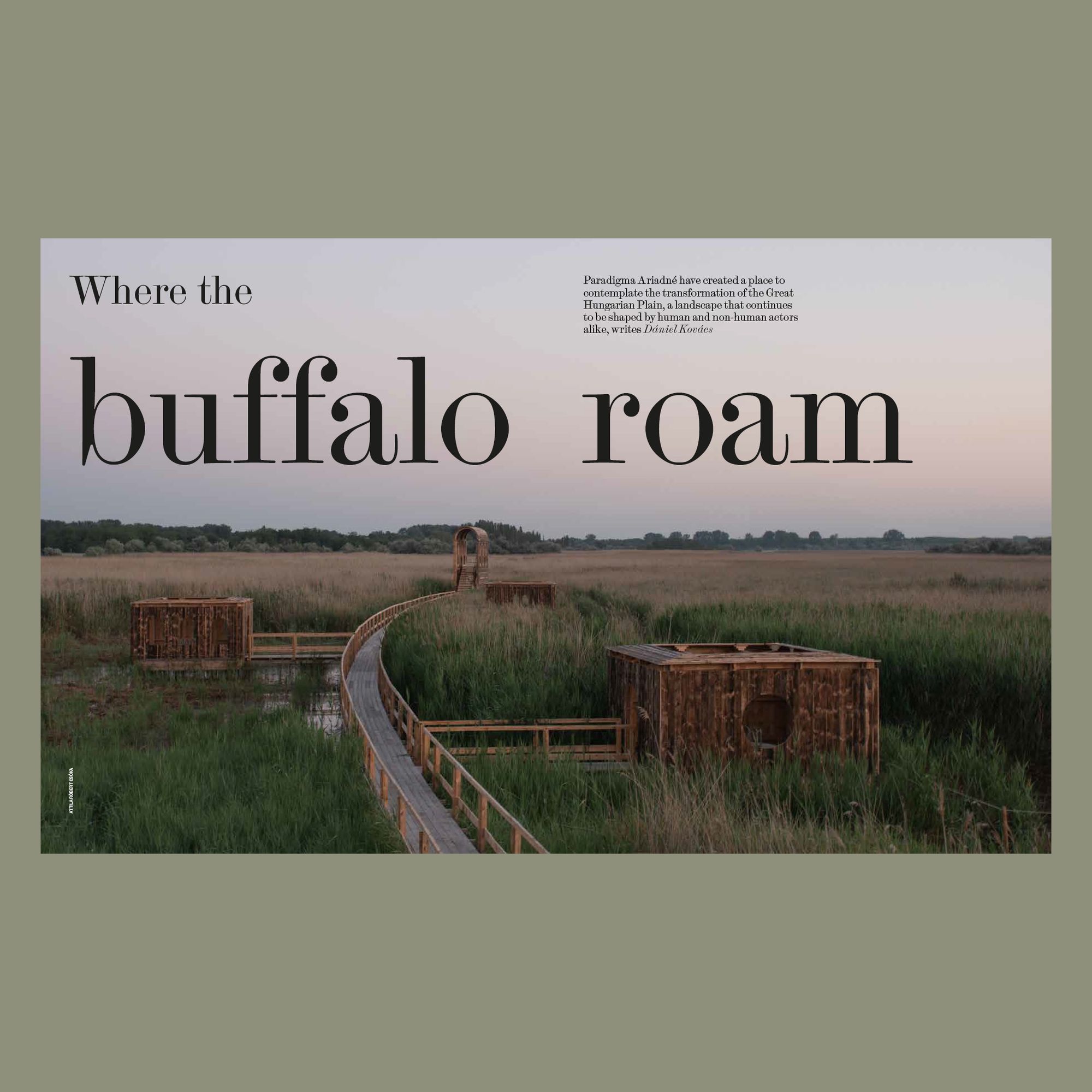
According to Paradigma Ariadné’s knowledge, the last time a Hungarian project for which a Hungarian architect was responsible was published in the magazine was more than 40 years ago, when Jonathan Glancey’s article on the architecture of Imre Makovecz appeared in the 1981/2 issue of the magazine.
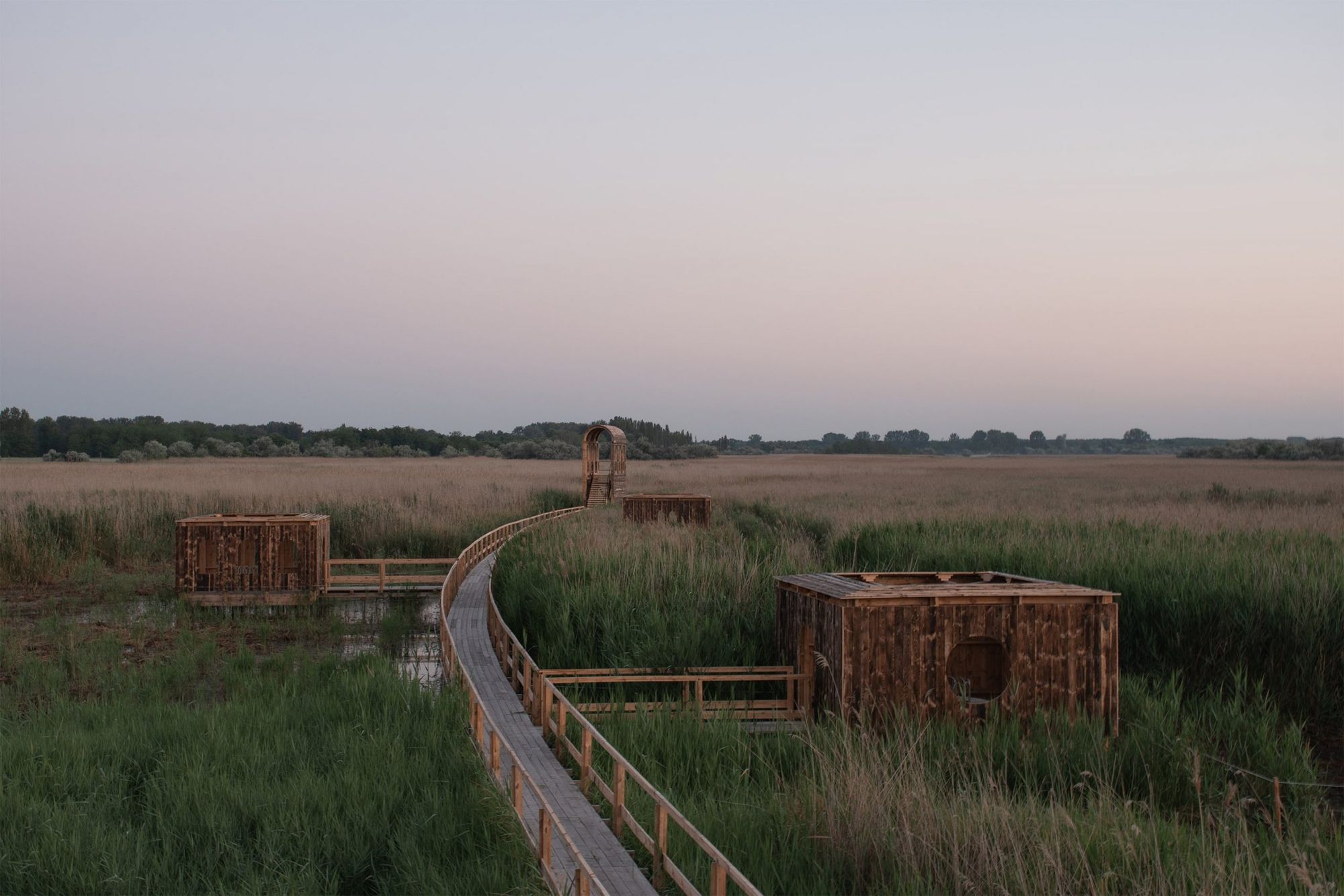

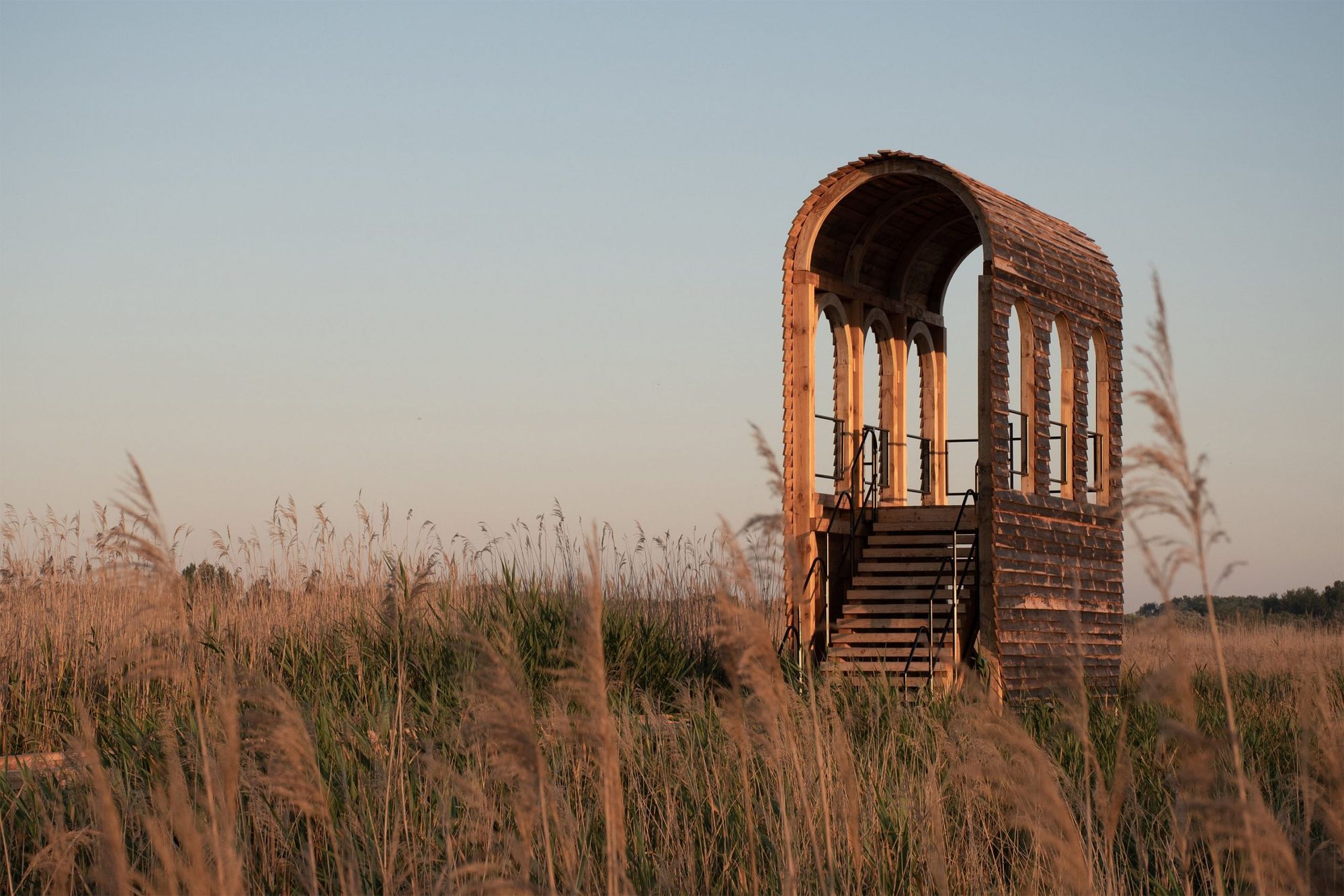
Source: Press Release / Paradigma Ariadné
Paradigma Ariadné | Web | Facebook | Instagram
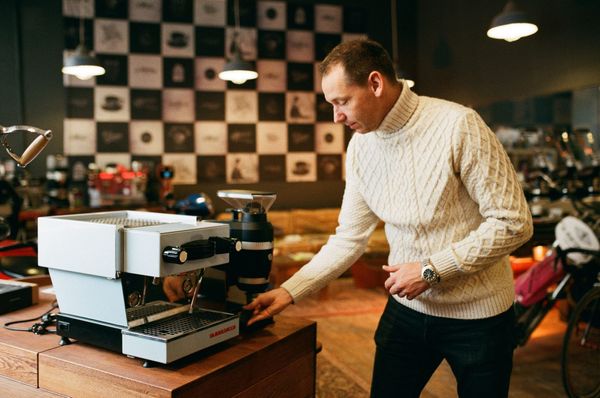
Enter the coffee machine heaven! | The eventful story of Gergely Nezvál and the La Marzocco
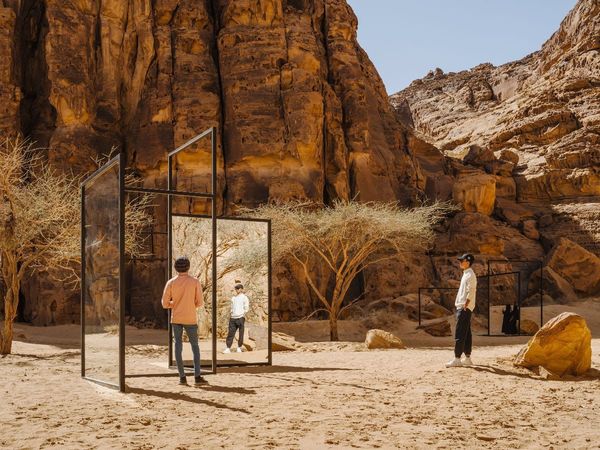
The Desert X AlUla festival kicked off yesterday
